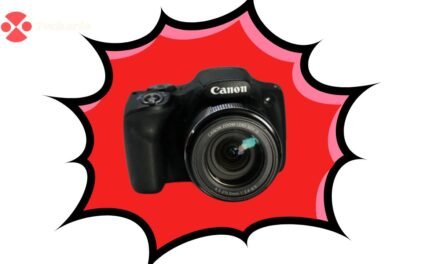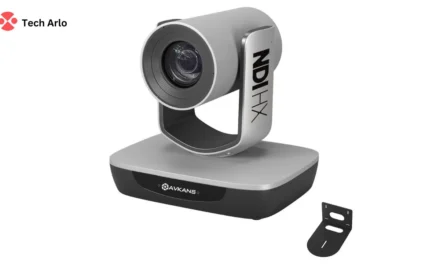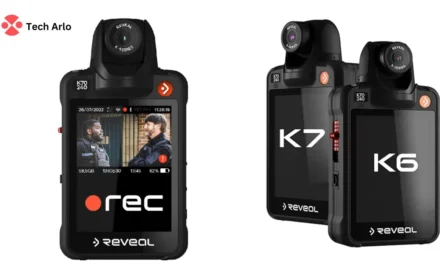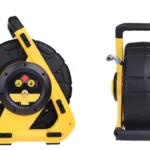Film cameras are making a comeback among photography enthusiasts. Learning how to insert film properly is crucial for capturing stunning photos. Whether you own one of the best cameras or are exploring options as a beginner, this guide will simplify the process.
Many people struggle with this step, especially when using the best cameras for beginners, but it’s easier than you think. With proper care, your film will produce vibrant, timeless images. By mastering this skill, you’ll unlock the full potential of your camera. Let’s dive into the steps to load your film correctly.
What Are Film Cameras?

Film cameras are classic devices that capture images on photographic film instead of digitally. Unlike modern digital cameras, they use chemical processes to develop pictures, offering unique results. Popular models, such as the Kodak film camera, are known for their reliability and vintage appeal.
Enthusiasts value cameras for their ability to create rich, timeless photographs. Whether you’re exploring an Olympus camera or other brands, these devices provide a tactile shooting experience. They appeal to both professionals and hobbyists seeking creative control.
Communities like Cameras Reddit are great for tips and inspiration. Film photography continues to thrive among passionate photographers worldwide.
Step-by-Step Guide: How to Insert Film into a Camera
Step 1: Open the Back of Your Camera
To begin, locate the latch to open your camera’s back panel. Most best cameras and beginner-friendly models, like a Kodak camera, have easy-to-access latches. Carefully open the back to reveal the film chamber. For guidance, communities like Cameras Reddit often provide helpful tips for different camera types.
Step 2: Insert the Film Roll
Take your film roll and place it in the designated chamber. Align the film spool properly, ensuring it fits snugly. Many options, such as the Olympus film camera, include guides for correct placement. This step is critical for smooth operation, especially with the best cameras for beginners.
Step 3: Advance the Film
Pull the film leader across to the opposite spool. Insert the leader into the spool’s slot and rotate it slightly to secure. For users of Kodak film cameras, make sure the film is taut. Advanced models, including the Olympus camera, often have arrows indicating the correct film path.
Step 4: Close the Camera Back
Gently close the back panel until it clicks into place. Double-check that the film stays aligned and secure inside. Whether you’re using a Kodak camera or exploring options from Film Cameras Reddit, proper closure prevents light leaks and ensures optimal photo quality.
Step 5: Wind and Test the Film
Turn the film advance lever until you feel resistance. This ensures the film engages with the spool correctly. Test the setup by snapping a blank shot and advancing the film again. Many best cameras for beginners feature indicators showing proper film winding. You’re now ready to capture timeless images.
Types of Film Cameras

Film cameras come in various types, each offering unique features for different photography styles. Below is a table highlighting the main types of cameras and their characteristics.
| Type | Description |
|---|---|
| 35mm Film Cameras | Compact and versatile, ideal for everyday photography and widely available films. |
| Medium Format Cameras | Offer superior image quality with larger film size, perfect for professional photographers. |
| Instant Film Cameras | Develop photos immediately after capture, providing a fun and creative photography experience. |
| Rangefinder Cameras | Lightweight and quiet, excellent for street photography and capturing candid moments. |
| Point-and-Shoot Cameras | Simple, user-friendly design, making them the best film cameras for beginners. |
| SLR Film Cameras | Provide full manual control and interchangeable lenses for precise, professional shots. |
Common Mistakes to Avoid When Loading Film
Improper film loading is a frequent issue among beginners using cameras. One common mistake is not aligning the film leader correctly with the spool. Even with the best film cameras, such as the Kodak camera, this error can cause the film to slip or jam.
Another error is failing to check the film’s tension after advancing it. Loose film may result in missed shots, even with beginner-friendly models like the best cameras for beginners. Always ensure the film is taut before closing the back.
Lastly, avoid exposing your film to light while loading. Many tips on Cameras Reddit emphasize this step to prevent ruining shots. Reliable options, like the Olympus film camera, often include guides to minimize these errors.
Tips for First-Time Film Camera Users

1. Start with Beginner-Friendly Models
If you’re new, choose the best cameras for beginners to simplify learning. Models like a Kodak camera are user-friendly and reliable for first-time users. Look for guides on Film Cameras Reddit to understand their features. Starting with basic options builds confidence before advancing to more complex models.
2. Learn Proper Film Loading Techniques
Mastering film loading is essential to avoid ruining your shots. Practice with the best cameras, like the Olympus camera, for smooth operation. Ensure the film is taut and aligned. Helpful resources on Film Cameras Reddit can guide you through loading and advancing film correctly.
3. Experiment with Settings and Lighting
Experimentation helps you understand how film cameras react to different lighting conditions. Models like the Kodak camera often provide versatile settings for various environments. For inspiration, explore creative techniques shared on Cameras Reddit. This hands-on approach enhances your skills and improves your photography results.
Troubleshooting: What to Do If Film Loading Goes Wrong
If you notice the film isn’t advancing properly, first check if the film is aligned correctly. Sometimes, the film can slip off the spool, causing it to jam. If you’re using best film cameras like a Kodak film camera, refer to the manual for guidance.
Another common issue is the film not being taut enough. This can lead to blurry or misaligned images. Gently wind the film a few times to ensure it’s securely in place. Olympus film cameras and other reliable models often have built-in indicators to help you troubleshoot film issues.
If the film is exposed to light or has a misfeed, rewind it carefully and start over. Don’t rush when loading film, as this can cause unnecessary mistakes. For further tips, check forums like Cameras Reddit to see how others handle similar issues.
Read More: HOW LONG DOES ALLENS CAMERA TAKE TO SHIP?
How Long Do Film Cameras Last in a Film Camera?
The lifespan of film in a film camera depends on several factors, including storage conditions. When stored in a cool, dry place, film can last for years without losing its quality. However, exposure to heat, humidity, or direct sunlight can degrade the film over time.
Typically, once loaded into a camera, the film will last until it’s fully exposed. This may take a few weeks or months, depending on how often you shoot. For beginners, using the best cameras helps prevent issues like light leaks, which can negatively affect your photos.
If you’re unsure about the age or condition of your film, it’s best to check it before loading. Kodak film cameras and other top models are known for their durability. Always store your film properly to maximize its lifespan and ensure the best possible results.
How to Remove Film from a Camera?
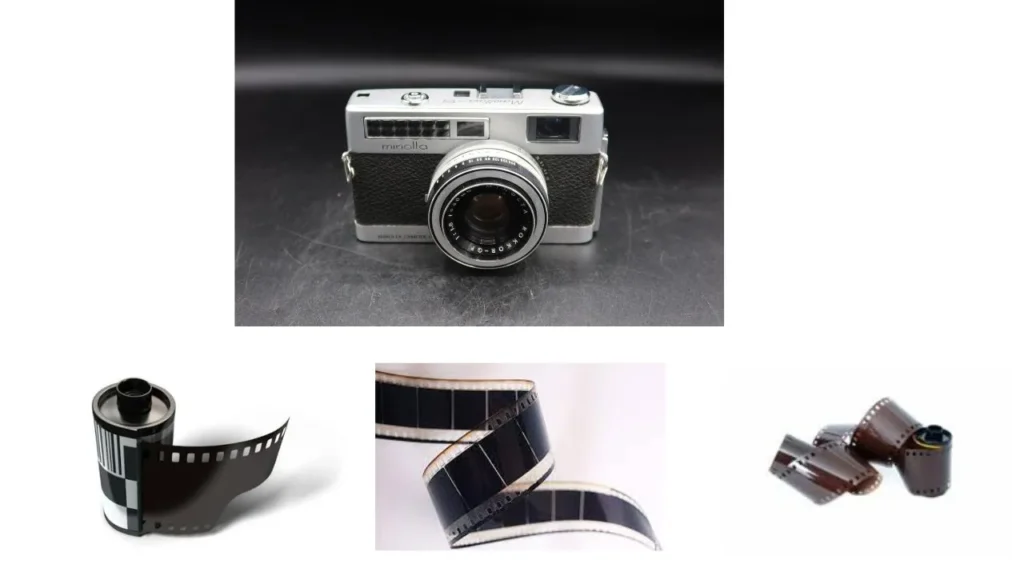
Step 1: Ensure the Camera is in the Right Position
Before removing the film, make sure your camera is turned off and held steady. Set the camera to the film rewind mode to safely rewind the film. This helps prevent any accidental damage to the film, especially with the best film cameras, which have precise mechanisms for handling film.
Step 2: Locate the Film Rewind Lever
Most film cameras have a film rewind lever on the side or top. On Kodak cameras, this lever is easy to find and use. Gently turn the rewind lever in the direction indicated until you feel resistance, signaling the film has been fully rewound into the canister.
Step 3: Open the Back of the Camera
Once the film is fully rewound, carefully open the back of the camera. Be cautious not to expose the film to light at this point. On Olympus cameras, this step is simple, but always check for light leaks before opening to protect your images.
Step 4: Remove the Film Roll
After opening the camera back, carefully lift the film roll out of its compartment. Ensure you do not touch the film’s emulsion, as this can affect the quality. For reliable results, models like the best cameras are designed for easy film removal, minimizing the risk of damage.
Step 5: Store the Film Properly
Once removed, store the film in a safe, dark place until it’s developed. Use a film canister or a dedicated storage case to prevent light exposure. Follow tips from communities like Film Cameras Reddit for further film care advice to ensure your photos remain intact.
How To Adjust Settings on a Film Camera?

1. Understand Your Film Camera’s Basic Settings
Before adjusting any settings, familiarize yourself with your camera’s key controls. Most cameras feature settings for shutter speed, aperture, and ISO. These controls are essential for managing exposure. If you’re using one of the best cameras, like a Kodak camera, refer to the manual for specific instructions.
2. Adjusting Shutter Speed
Shutter speed controls how long light hits the film, affecting exposure. To adjust it, rotate the dial to your desired speed, typically ranging from 1/500 to 1 second. Faster shutter speeds are best for action shots, while slower speeds work for low-light or creative effects.
3. Setting the Aperture
The aperture controls the amount of light entering the lens and affects depth of field. A lower f-number allows more light and creates a blurred background, while a higher f-number increases sharpness across the image. Experiment with different settings to find the ideal aperture for your shot.
4. Choosing the Right ISO
ISO determines the sensitivity of your film to light. Higher ISO films are better for low-light environments but may introduce grain. When using the best film cameras for beginners, like the Olympus film camera, ensure your ISO matches the film type you’re using for optimal results.
5. Manual vs. Automatic Settings
Some cameras offer automatic exposure settings, while others require manual adjustments. Manual settings give you more creative control over your shots, but they can be challenging for beginners. If you’re new to film, try starting with automatic settings and experiment as you gain more experience.
Read More: HOW TO ACTIVATE SPARTAN CAMERA?
FAQ’s (How To Insert Film Into a Film Camera)
What does a film camera cost?
The cost of a camera varies greatly, ranging from $50 for basic models to over $1,000 for high-end professional cameras. Best cameras like the Kodak camera can be priced around $200 to $500.
Do you need to take a film camera in x-ray?
Yes, you can safely pass a camera through an x-ray machine at security. However, x-rays can damage unprocessed film. Consider requesting a hand inspection to avoid exposure to x-ray radiation.
Why does my Advantix film camera sound quiet?
If your Advantix camera sounds quiet, it may indicate a malfunction or lack of film winding. Check if the camera’s internal mechanisms are working or if the battery needs replacement.
Where can I buy camera film?
You can buy camera film from various retailers, including photography stores and online marketplaces like Amazon. Many also sell best film cameras and accessories for film enthusiasts.
Do Advantix film cameras sometimes not take a picture?
Yes, sometimes Advantix cameras may fail to take a picture due to issues like film misalignment or mechanical malfunction. Ensure the film is loaded correctly and the battery is working properly.
Conclusion
Inserting film into a camera is an essential skill every film photographer should master. Understanding this process ensures your photos turn out as vibrant and clear as possible. Whether you’re using a Kodak film camera, an Olympus film camera, or any of the best cameras for beginners, proper film loading is crucial.
It prevents mishaps like jamming or light leaks, ensuring smooth operation and optimal results. By following the steps outlined in this guide, you’ll be well on your way to capturing beautiful, timeless images. Practice and patience will lead to perfecting this technique for stunning shots every time.


